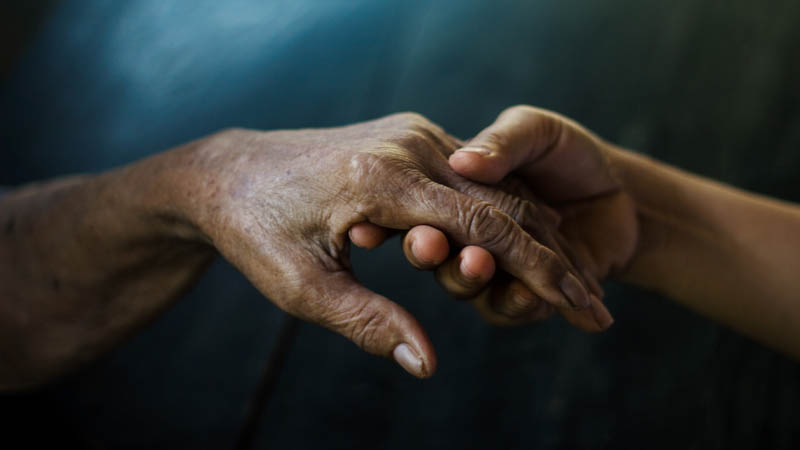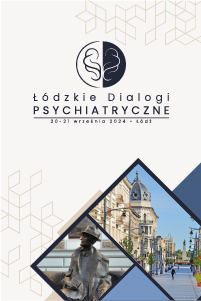The analysis of selected parameters of sleep in the population of adolescents in school-age
Bogna Andrzejczak1, Janusz Śmigielski2, Agnieszka Gmitrowicz3
 Affiliacja i adres do korespondencji
Affiliacja i adres do korespondencjiAim: The study attempted to analyse selected parameters of sleep among students of secondary schools with taking into consideration the age and sex of the participants. Material: The study enrolled 125 students aged 12–18 from randomly selected secondary schools; 56% of the studied subjects were boys (n = 70), and 44% – girls (n = 55). Method: The students answered 18 questions included in the Sleep Disorders Assessment Questionnaire thus performing an independent, subjective assessment of sleep parameters and of their own behaviours which may affect sleep. Next, certain sleep parameters were compared between the group of girls and boys and between the group of early (12–14 years old) and late (15–18 years old) adolescents. Results: One in three surveyed persons reported the current or past occurrence of sleep disorders; over a half of these persons reported that these problems lasted for over a month. Over 50% of those surveyed declared that they sleep for less than 8 hours during one night. Nearly half of the students did not go to sleep at regular times and had prolonged sleep latency. The studied persons had the biggest problem with waking up in the morning. Nearly half of the study participants claimed that they wake up during the night, most frequently once or twice. Two third of those surveyed had the feeling that they sleep too short and over a half of them felt tired or sleepy during the day. More than 1/3 of the studied subjects had the feeling of too shallow sleep. Statistically significant differences were noted between girls and boys in terms of the feeling of too short sleep, the feeling of tiredness during the day and the feeling of sleepiness during the day – in case of each of these parameters girls more frequently reported the occurrence of unfavourable phenomena. Only one statistically significant difference was found among the compared age groups – it referred to using psychoactive substances which were much more frequently taken by older adolescents. Conclusions: Problems with sleep are noticeable already among school-age adolescents and they are frequently of chronic nature. They were more frequently observed among the group of girls, no differences in sleep parameters were noted between the groups of younger and older adolescents.






















